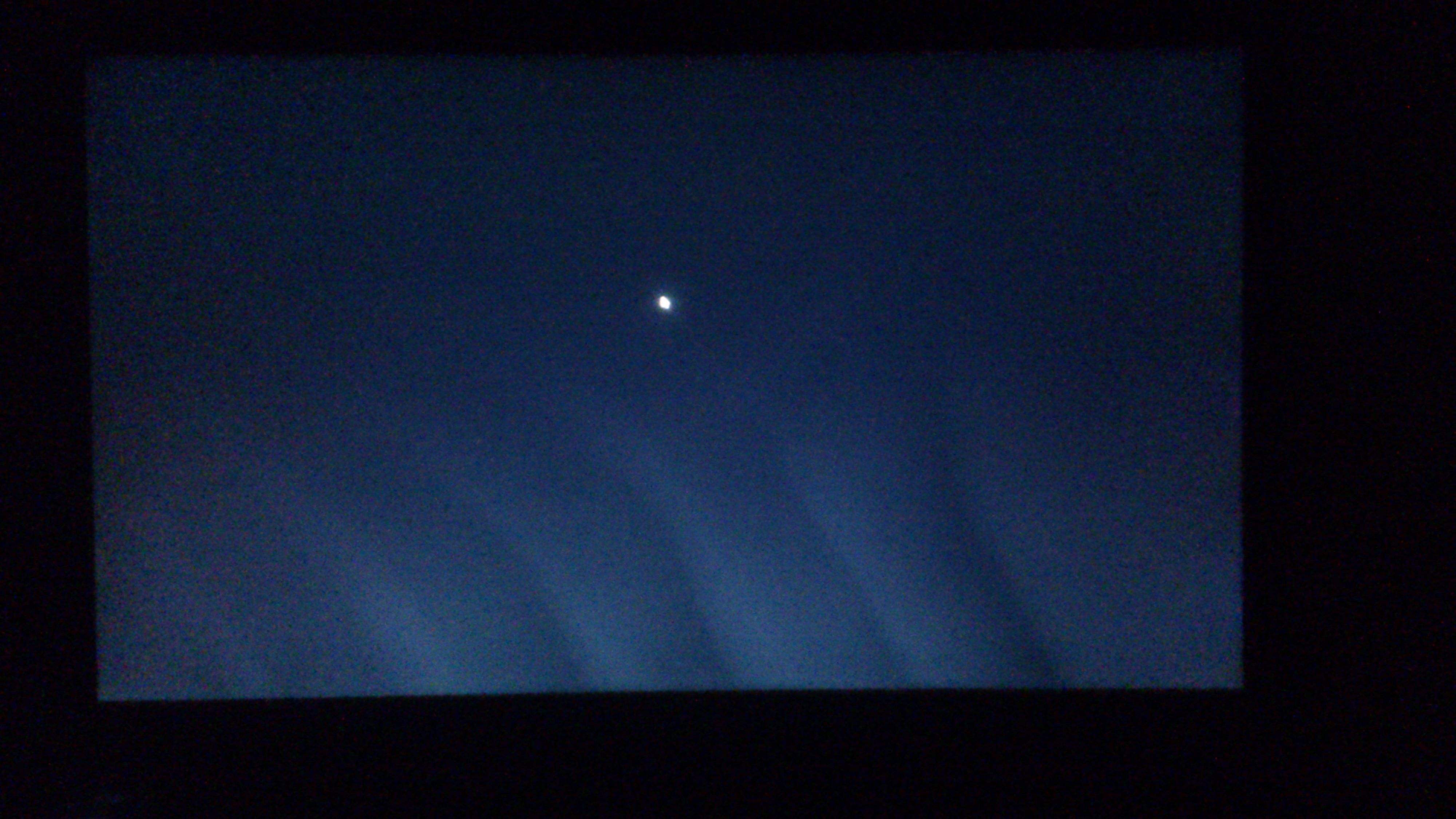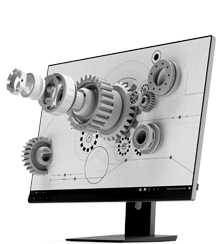The difference between dark spots and bright spots on LCD screens

Professional analysis of dark spots and bright spots on LCD screens, including differences and comparisons, causes and effects, applicable to product documentation and technical popularization:
The difference between dark spots and bright spots on LCD screens
Professional analysis of dark spots and bright spots on LCD screens, including differences and comparisons, causes and effects, applicable to product documentation and technical popularization:
The core difference between dark spots and bright spots on LCD screens
Characteristic | Dead Pixel) | Stuck Pixel/Bright Dot |
Display Status | Permanently non luminous, black in color | Permanently bright, presenting a fixed color of white/red/green/blue |
Cause | Physical damage to LCD unit or failure of TFT transistor | LCD unit stuck or signal circuit malfunction |
Visible Scene | LCD unit stuck or signal circuit malfunction | Obvious under dark background (such as black screen) |
Visual impact | Similar to the image 'missing' | Similar to visual "pollution" (especially when watching movies in dark environments) |
Repairability | Irreparable (physical damage) | A few can be temporarily restored through pixel repair software |
Special effects in industrial scenarios
1. Medical display equipment
Dark spot: may be misdiagnosed as tissue shadow (such as X-ray observation)
Highlight: Easy to be misjudged as calcification or bleeding points
▶ Industry standard requirement: 0 bad pixels (Class 1 level)
2. Industrial control screen
O Dark spot: causing missing key data in the monitoring screen
Highlight: Interference alarm status recognition (such as misjudging the red alarm light)
▶ Allow ≤ 3 bad pixels (Class 2 level)
3. Car display screen
Nighttime highlights: Diverting the driver's attention (similar to direct hi
User authentication method (three-step self check)
1. Solid color testing method
Full black screen → Observe highlights
Full white screen → Observe dark spots
Three primary color testing → Identify color highlights
2. Magnifying mirror assistance
Highlight: Fixed position illumination (non screen dust)
Dark spot: No sub-pixel light emission (different from small foreign object occlusion)
3. Verification of professional tools
Use Dead Pixel Test and other software to automatically scan industrial grade inspection: microscope camera+image analysis system
Industry Quality Standard (ISO 13406-2 Specification)
Bad dot type | Class 1 (Medical Grade) | Class 2 (Industrial Grade) | Class 3 (Consumer Grade) |
Dark spot | 0 | ≤2 | ≤5 |
Highlights | 0 | ≤2 | ≤5 |
Three color highlights | 0 | ≤1 | ≤3 |
Total number of bad pixels | 0 | ≤3 | ≤8 |
Tianma industrial screens usually follow Class 1/2 standards and require clear labeling of bad pixel commitments in the specification sheet.
Purchase suggestions
1. Industrial/Medical Equipment
Request the supplier to provide a distribution map of bad pixels and a Class certificate
The contract states: "Upon arrival inspection, bright/dark spots exceeding the standard were found, and the entire batch was returned“
2. Consumer grade products
National standards allow for the presence of bad pixels (such as laptop screens with ≤ 3)
Priority should be given to brands that provide a "zero bad point guarantee" (with a premium of 10-15%)
3. Basis for Rights Protection
O Keep unboxing inspection videos
According to Article 7 of the "Three Guarantees Regulations for Monitors": "If there are more than 3 bad pixels during startup, they can be returned or exchanged“
Technology trend: Micro LED technology will completely eliminate the problem of bad pixels (single pixel independent packaging), and current LCD screens still need to pay attention to the manufacturer's warranty terms.










